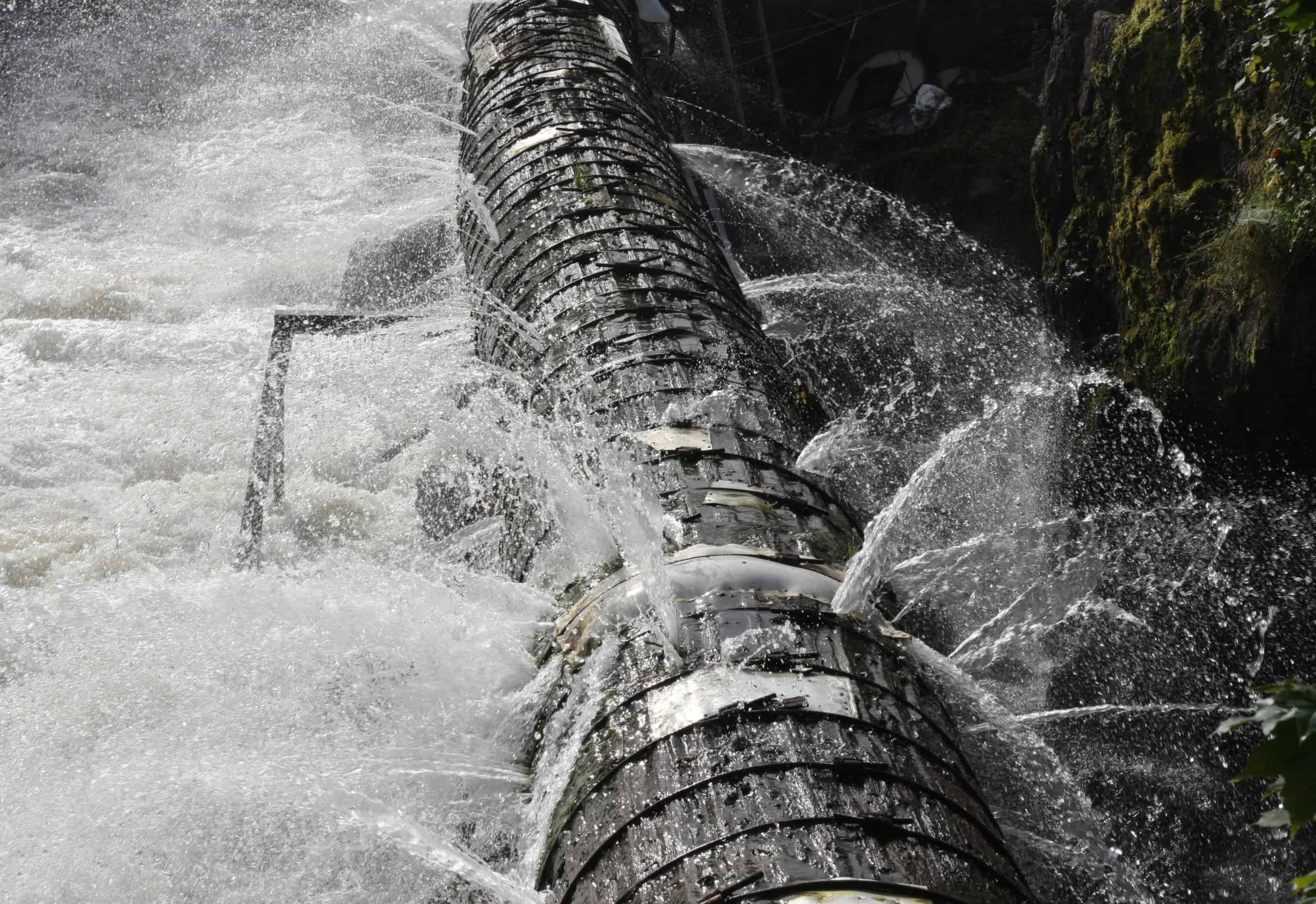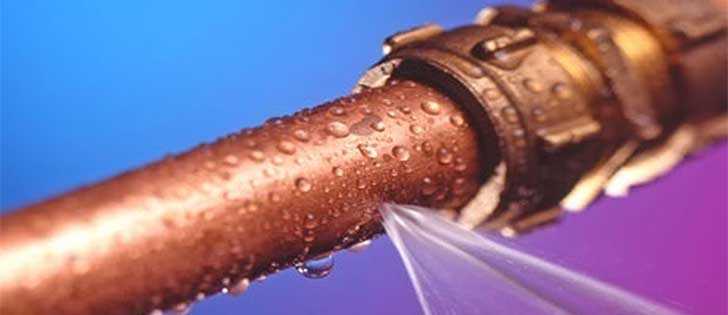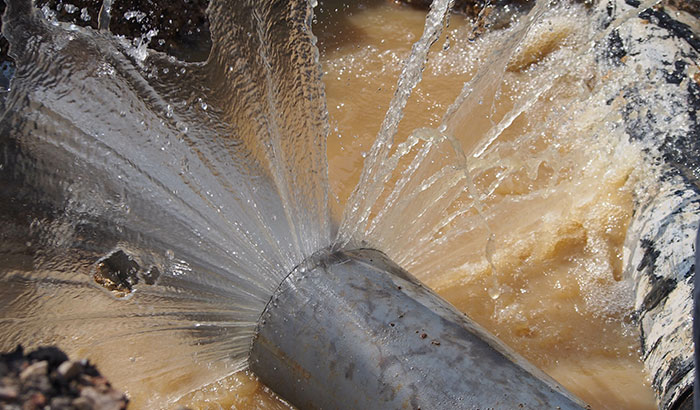Stopping Ruptured Pipeline: Essential Tips to Safeguard Your Plumbing
Preventing burst pipelines is an important concern for house owners, specifically throughout chillier months when the threat of cold is enhanced. Applying critical measures such as appropriate insulation, regular examinations, and keeping consistent indoor temperature levels can significantly minimize the likelihood of pipeline failing. Additionally, recognizing emergency procedures furnishes property owners to react promptly to prospective plumbing problems. Nonetheless, lots of are unaware of the specific vulnerabilities that their pipes might face. Discovering these susceptabilities can provide important understandings into guarding your pipes system successfully.
Understand Pipeline Vulnerabilities
Recognizing pipeline susceptabilities is essential for effective pipes upkeep and preventing costly damage. Several factors add to the susceptibility of pipes to bursts, consisting of product composition, age, and ecological problems. Older pipelines, especially those made from galvanized steel or polybutylene, typically break down over time, bring about enhanced threat of tears and leaks.
Temperature level changes can additionally substantially effect pipe integrity. In chillier environments, water trapped in pipelines can ice up, increasing and exerting stress on the pipeline wall surfaces, which may eventually lead to a ruptured. High water stress can strain pipelines, specifically at joints and bends, increasing the probability of failing.

Insulate Piping Appropriately
Appropriate insulation of pipes is important for preventing cold and subsequent ruptureds throughout cold weather (burst pipe). Insulating your plumbing system efficiently safeguards against temperature drops that can result in expensive damage. Begin by recognizing susceptible locations where pipes are revealed to outdoor temperature levels, such as basements, attics, and outside walls
Use foam pipe insulation sleeves or wrap insulation tape around these areas to give a protective obstacle. Make certain that all sections of the pipelines, especially those with limited warmth direct exposure, get appropriate insulation. Pay special focus to joints and fittings, as these are much more vulnerable to freezing.
When insulating, it's necessary to select products that satisfy neighborhood building codes and are ideal for the particular atmosphere. Fiberglass insulation is often recommended for its thermal resistance properties. Furthermore, think about making use of heat cords or tape in severe problems, which can be plugged in to offer additional heat
On a regular basis inspect protected pipes for any type of signs of wear or damage, as endangered insulation can reduce its effectiveness. By taking these positive measures, you substantially reduce the risk of pipe ruptureds, making sure a reputable plumbing system throughout the winter season.
Maintain Regular Temperature Level
A steady interior temperature is important for preventing burst pipelines during the icy months. When temperature levels decrease, water within pipelines can ice up, expanding and producing pressure that may ultimately trigger the pipelines to ruptured.Making use of a programmable thermostat can help handle interior temperatures properly, ensuring that rooms with pipes stay cozy even when the house is empty.
On top of that, it is prudent to permit taps to drip somewhat during extreme cold spells. This minor flow of water can avoid freezing by relieving stress within the pipes. During especially severe weather occasions, think about momentarily suspending any kind of nighttime troubles on your thermostat to maintain a constant warm setting. By applying these techniques, homeowners can significantly decrease the risk of pipe bursts and protect their plumbing systems versus the extreme winter months elements.
Regularly Evaluate Plumbing
Normal assessments of plumbing systems are important for stopping ruptured pipelines and keeping general home honesty. Regular checks permit home owners to identify possible problems prior to they intensify right into pricey repair work or major water damage. During these assessments, it is necessary to take a look at noticeable pipes for signs of corrosion, leakages, or put on. Pay unique attention to locations prone to freezing, such as cellars, attic rooms, and outside wall surfaces.
In addition, evaluating connections and joints is crucial, as these factors are typically vulnerable to leaks. House owners must likewise assess water stress levels, as too much pressure can stress the pipes system and enhance the threat of pipe ruptureds.
Take into consideration scheduling expert pipes examinations at least once a year, especially before wintertime, to guarantee your system is prepared for chillier temperatures. By being proactive in your strategy, you can secure your home against the costly and turbulent consequences of burst pipes.
Know Emergency Procedures
Comprehending emergency situation treatments is important for every single home owner, particularly after performing normal plumbing assessments. Being prepared for a pipes emergency situation can significantly reduce damages and conserve prices. Initially, situate your main water shut-off shutoff; it is generally located near the water meter or where the main line enters your home. Familiarize yourself with its procedure, as closing off the supply of water promptly can protect against substantial flooding.
Following, keep important tools helpful. A pipes emergency package ought to include a wrench, bettor, and towels, as well as a flashlight and a container for little leaks. Furthermore, think about having the get in touch with info for a trusted plumbing technician readily available, must the scenario escalate past your control.
If you detect a leak or burst pipe, promptly turn off the water system and alert your plumbing technician. In addition, document the damage with photos for insurance policy purposes. burst pipe. Be aware of the signs of potential pipes problems, such as uncommon water stress fluctuations or damp areas on walls
Eventually, why not try this out aggressive understanding and quick activity are important in managing plumbing emergency situations, guaranteeing your home continues to be secured and decreasing prospective damages.

Conclusion
In conclusion, protecting against burst pipelines demands a complex technique that consists of understanding pipeline susceptabilities, appropriate insulation, preserving constant indoor temperature levels, regular inspections, and understanding of emergency situation treatments. By carrying out these essential methods, the threat of pipes failures can be dramatically lowered, thereby ensuring the durability and efficiency of the pipes system. Aggressive procedures not just secure versus possible damage but likewise add to general water conservation and the defense of residential or go to these guys commercial property.
In colder climates, water caught in pipelines can freeze, applying and expanding stress on the pipe walls, which may eventually lead to a burst. When temperature levels decrease, water within pipes can ice up, producing and increasing pressure that might ultimately cause the pipelines to burst. By implementing these techniques, homeowners can considerably minimize the risk of pipeline bursts and guard their pipes systems against the extreme winter season components.
